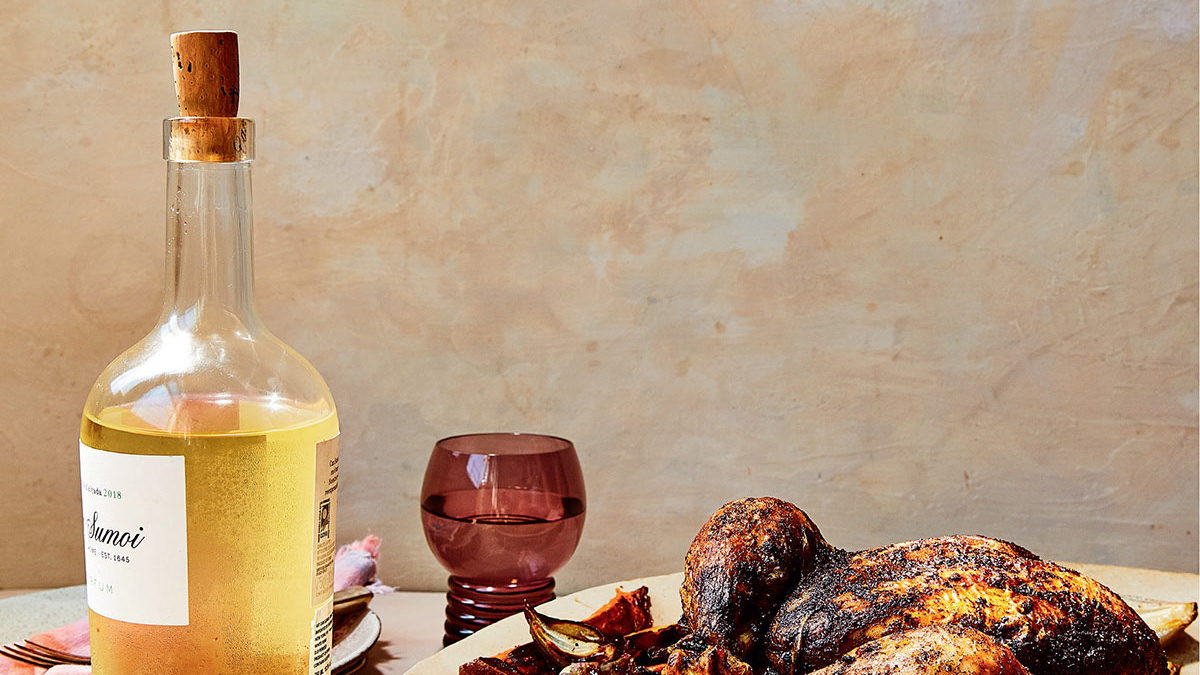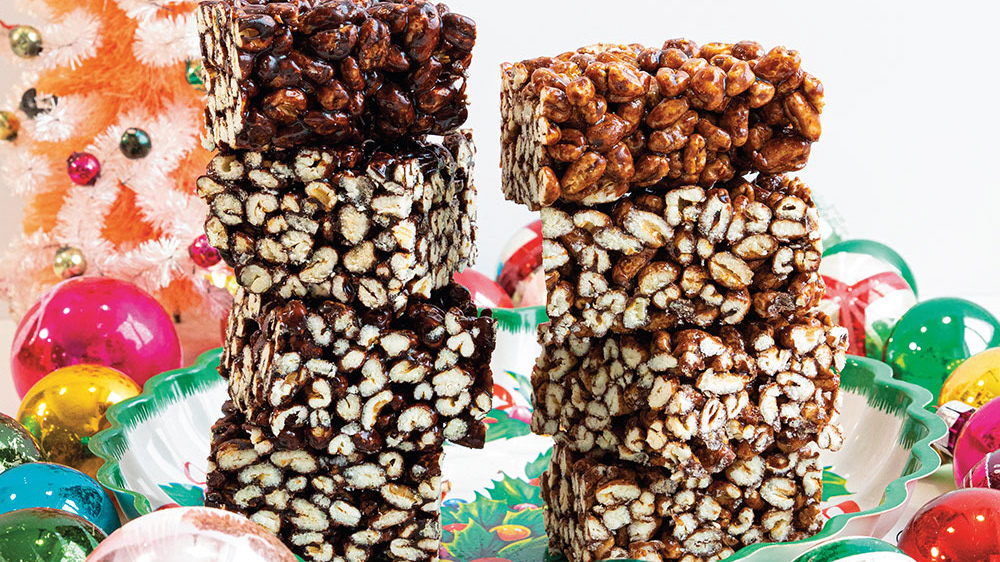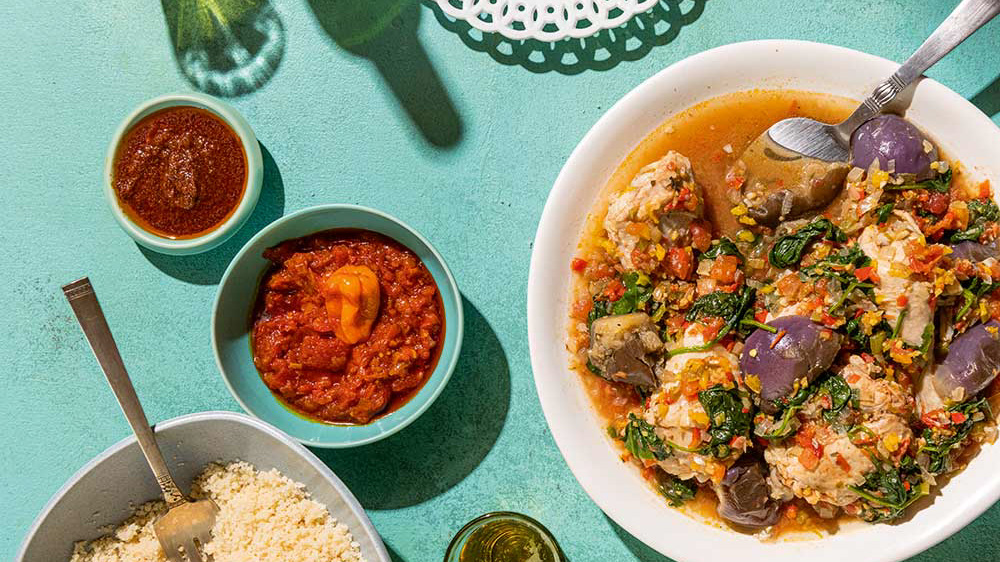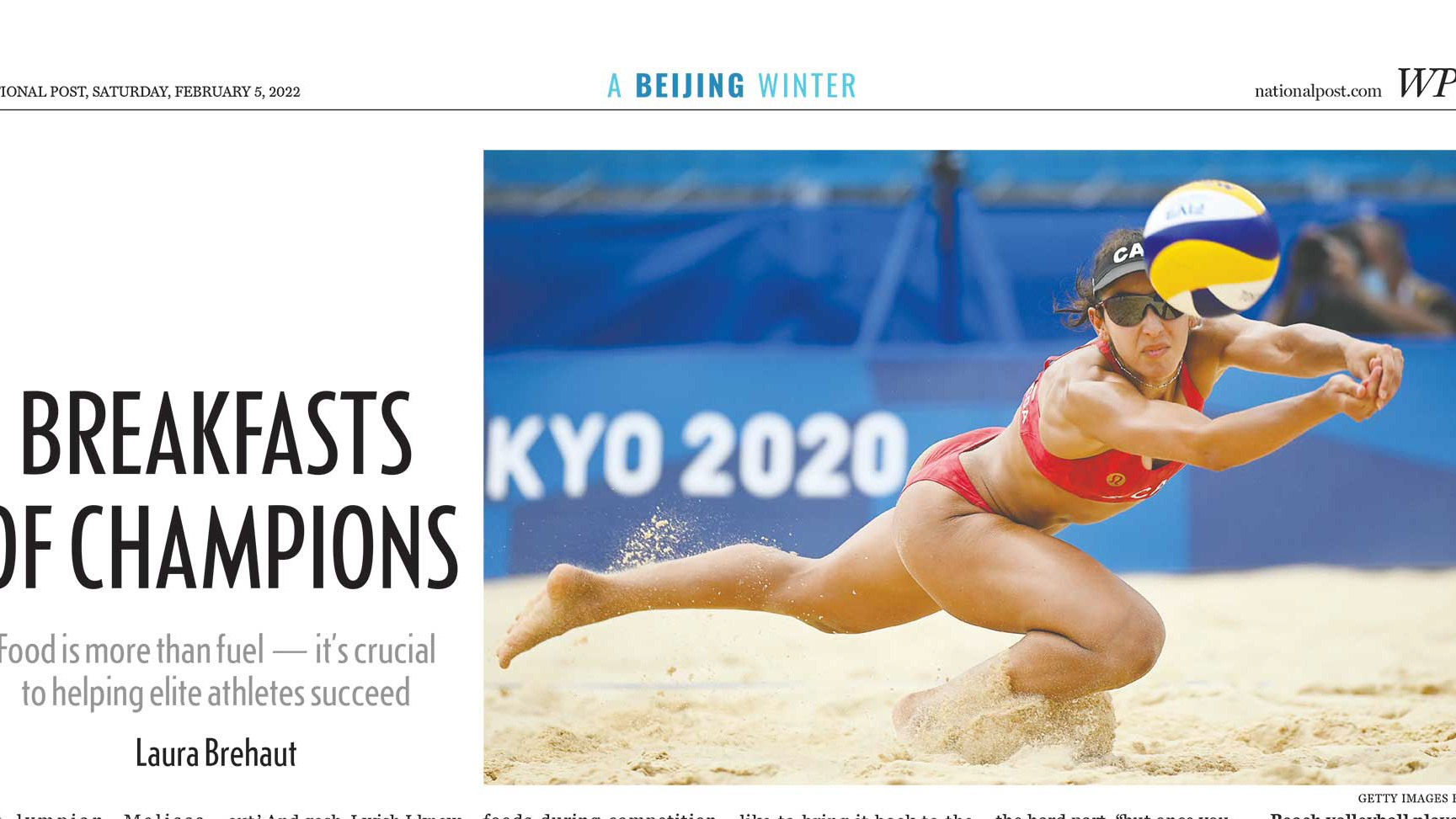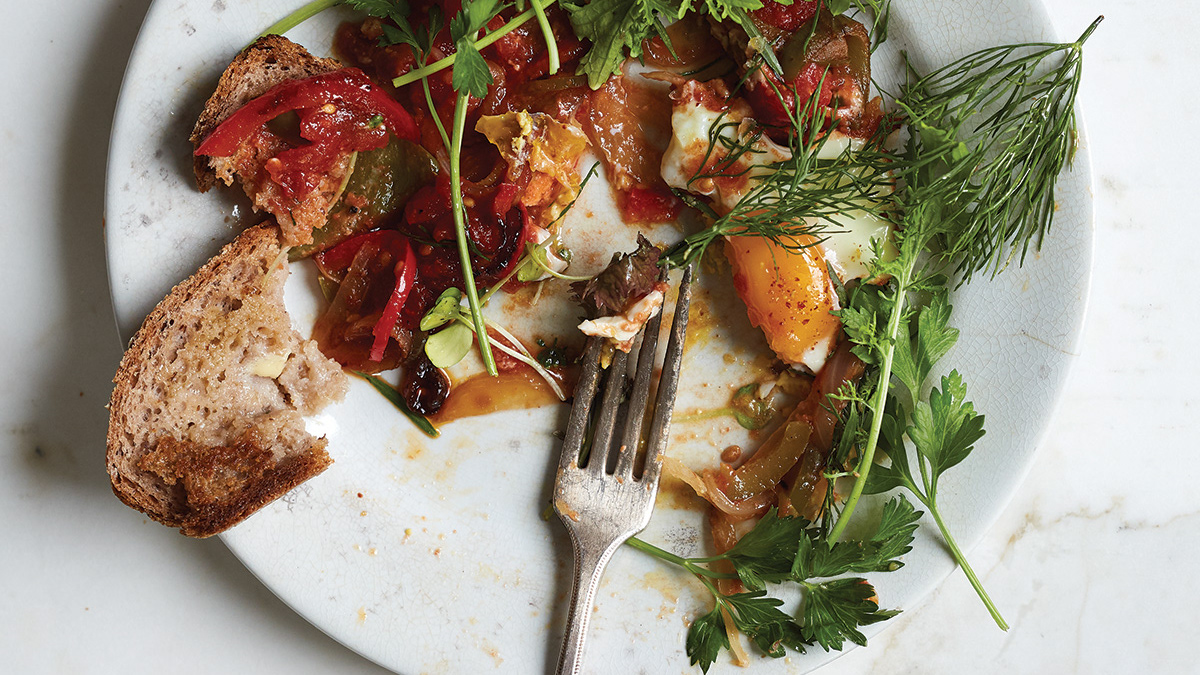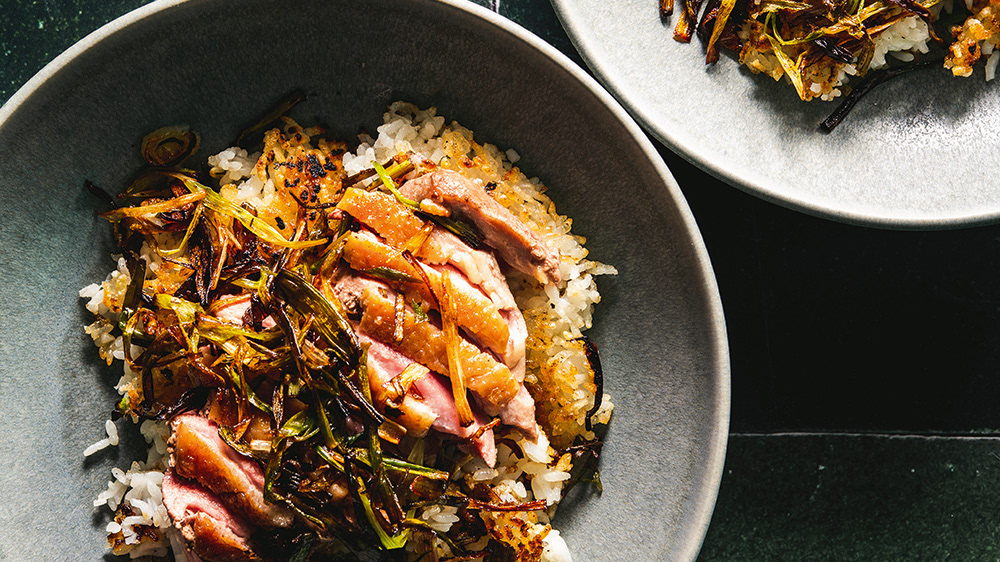PHOTO: Laura Brehaut; La Hoguera (the bonfire) pintxo at Bar Zeruko as part of San Sebastián Food’s Pintxo Tasting Tour.
Laura Brehaut/Postmedia News
Originally published on April 23, 2013; National Post
Originally published on April 23, 2013; National Post
Seafood reigns in San Sebastián. Whether the popular Gilda pintxo (Basque tapas, or bar snack) made with a salted anchovy, pickled guindilla peppers, a green olive and plenty of olive oil, tortilla de bacalao (cod omelette), or ttoro (fish soup), seafood is prevalent in restaurants and pintxo bars in the seaside city.
PUBLISHED IN PRINT:
Montreal Gazette: July 6, 2013; page G1
Winnipeg Free Press: May 25, 2013; page D3
The Windsor Star: May 4, 2013; page F1
The StarPhoenix (Saskatoon): May 4, 2013; page E13
Leader-Post (Regina): May 3, 2013; page B4
Calgary Herald: April 27, 2013; page G7
The Windsor Star: May 4, 2013; page F1
The StarPhoenix (Saskatoon): May 4, 2013; page E13
Leader-Post (Regina): May 3, 2013; page B4
Calgary Herald: April 27, 2013; page G7
Basque tapas are a delicious gateway to culture and cuisine
Seafood reigns in San Sebastián. Whether the popular Gilda pintxo (Basque tapas, or bar snack) made with a salted anchovy, pickled guindilla peppers, a green olive and plenty of olive oil, tortilla de bacalao (cod omelette), or ttoro (fish soup), seafood is prevalent in restaurants and pintxo bars in the seaside city.
San Sebastián (officially called Donostia-San Sebastián) is located in northern Spain on the Basque Coast, which runs southwest from France along the Bay of Biscay. Renowned for the high concentration of Michelin-starred restaurants in the area, such as Akelarre, Arzak and Mugaritz, there is plenty at street level, particularly in pintxo bars, to occupy food-oriented visitors as well.
Poteo, or bar-hopping, is the way to enjoy pintxos. Do as the locals do, and have one or two pintxos with a small drink (zurrito – a quarter pint of beer, txakolí – sparkling white wine, or sidra – cider), and then move on to the next bar. Pintxos have evolved from simple snacks held together with a toothpick (pintxo means ‘spike’) to more elaborate small dishes, such as the Hoguera (bonfire, pictured at top) served at Bar Zeruko (Pescadería, 10).
Due to an unfortunate pintxo experience during my first visit to San Sebastián in the winter of 1999, ‘pick your pintxos wisely’ was my mantra on my return trip this past autumn. The value of local knowledge cannot be underestimated, especially when choosing a place to eat. Neither my travelling companion, Lara Popic, nor I knew that there was so much more to pintxos than what you see sitting on small plates, covering the bar. Dishes within arm’s reach are really only the beginning: a whole host of dishes are made-to-order, and typically listed on a blackboard behind the bar.
Not to knock the ubiquitous tortillas de patatas (Spanish omelettes) or bocadillos de jamón (ham sandwiches) – I’m a believer that all things delicious have their place – but it took a carefully curated tasting tour to teach Popic and me the delights of local ways. While we were eating cod fritters and egg with prawn at Ganbara (San Jeronimo Kalea, 19), we could have also been enjoying made-to-order dishes such as sautéed mushrooms with egg and prawns, cod cheek with clams, and homemade mamia cheese.
San Sebastián Food offers cooking classes, experiences such as culinary tours, Spanish wine tastings, and escapes such as three- and five-day Basque Cooking Classes. Jon Warren, Managing Director and Founder, was inspired to start the company while working at boutique hotel Villa Soro shortly after arriving from London.
“What I found was that all the clients were coming up to me asking where the best places were. ‘Is this touristy or not? We want a local place,’ and ‘We didn’t get what was going on, how do you order the hot things?’” Warren says in an interview. “I could see that this local knowledge, even though there are guide books and the Internet, just having someone on the ground was really added value.”
Warren proceeded to establish a company that trades on experiences normally out of reach of people just passing through. The Pintxo Tasting Tour we joined was led by culinary guide Lourdes Erquicia, who is fluent in Spanish, Basque (Euskera) and English, and was born and raised in San Sebastián’s Old Town (Parte Vieja). Her passion for her hometown, and its food culture came through in the history and customs she shared with us, as well as the dishes and wines she selected.
Our group was small, 10 people including Erquicia and another staff member, and for those adverse to tour group experiences, have no fear: there were no brightly-coloured umbrellas, vests or any other indicators. A group of people enjoying pintxos together is typical in the Basque Country, where groups of close friends called cuadrillas are integral to social life.
We visited six bars in two and a half hours, and enjoyed a pintxo and beverage (Basque cider and Spanish wine pairings) at each one. San Sebastián Food doesn’t have agreements with any of the establishments, and as such, pays the listed price for pintxos and is allowed greater freedom with bar choices. In fact, our final destination was changed en route so that Erquicia could share her favourite “pintxo of the moment” with us – Risotto de Idiazabal (a pressed cheese made from unpasteurized sheep milk) at Borda Berri (Fermín Calbetón, 12).
The bars ranged from the family-run Bar Goiz-Argi (Fermín Calbetón Kalea, 4) where we ate brochetas de gambas (shrimp skewers), which are known as a house specialty for a very good reason, and drank a glass of txakolí (pronounced cha-co-lee), to the packed La Cuchara de San Telmo (Calle del Treinta y Uno de Agosto, 28), where we enjoyed crusted pork with apple purée, and a glass of Navarre rosé. Of the crusted pork, my travelling companion Popic had this to say: “It’s sometimes in my dreams.”
IF YOU GO
Getting to and from San Sebastián
By air: The airport is 22km east of the city, near Hondarribia; buses leave hourly from Plaza Gipuzkoa and take approximately 30 minutes
By train: EuskoTren runs services from Amara station on Plaza Easo; RENFE trains depart from Estación del Norte on Paseo de Francia
By bus: Pesa runs services to Bayonne, Biarritz and Bilbao; Conda runs services to Pamplona and Vitoria
By air: The airport is 22km east of the city, near Hondarribia; buses leave hourly from Plaza Gipuzkoa and take approximately 30 minutes
By train: EuskoTren runs services from Amara station on Plaza Easo; RENFE trains depart from Estación del Norte on Paseo de Francia
By bus: Pesa runs services to Bayonne, Biarritz and Bilbao; Conda runs services to Pamplona and Vitoria
Further reading
Bilbao & the Basque Lands by Dana Facaros and Michael Pauls (Cadogan Guides, 2012)
The Basque Country: A Cultural History by Paddy Woodworth (Oxford University Press, 2007)
Life and Food in the Basque Country by María José Sevilla (National Book Network, 1998)
Bilbao & the Basque Lands by Dana Facaros and Michael Pauls (Cadogan Guides, 2012)
The Basque Country: A Cultural History by Paddy Woodworth (Oxford University Press, 2007)
Life and Food in the Basque Country by María José Sevilla (National Book Network, 1998)
